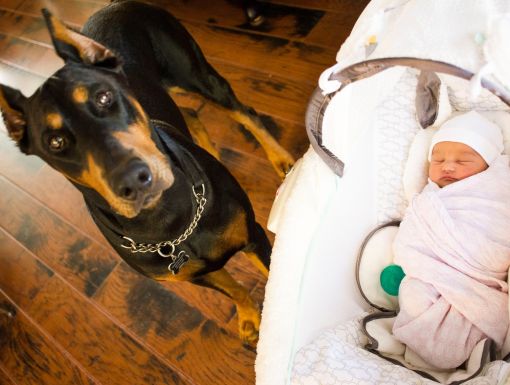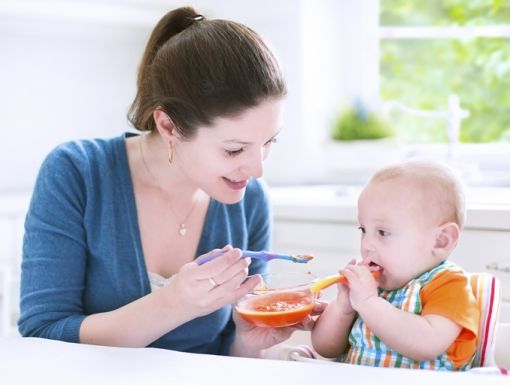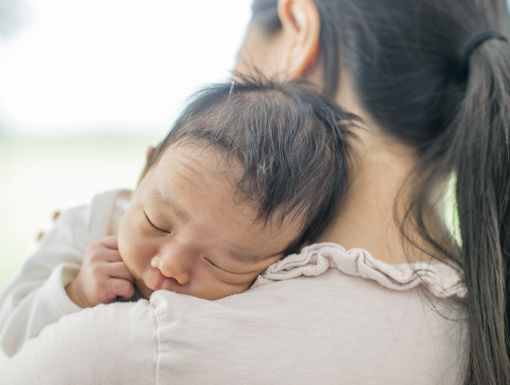
What is Container Baby Syndrome?
Container baby syndrome (CBS) is a relatively new term coined by pediatric specialists that refers to a collection of movement, behavior and other problems that result from babies being constrained to a “container” for increased periods of time in a given day.
The term “container” refers to:
- Cars seats
- Strollers
- Jumpers
- Bumbo seats
- Baby walkers
- Vibrating chairs
- Bouncy swings
- Activity gyms/centers
Although these containers are useful in helping to keep the baby safe from accidents, allowing parents to attend to other children or obligations and helping to entertain the newborn, the equipment inhibits the child from being able to explore their environment. The inability to explore their environment directly affects the baby’s gross motor skills, language, cognitive growth and may cause structural deformities. The good news is that container baby syndrome is 100 percent preventable!
Why is it harmful?
CBS is harmful because the container allows for little to no movement of the babies’ neck, spine or body. Decreased mobility may cause other medical concerns including:
- Flat head (plagiocephaly): where the back of the baby’s head is abnormally flat
- Facial asymmetries: the baby’s face may appear uneven or asymmetrical, which is a result from a flat head
- Torticollis:tightness in sternocleidomastoid muscle which limits the baby’s ability to rotate their head to one side or creates a preference to look in one direction only
- Decreased movement, strength and coordination: which causes the child to be behind in their age category for gross motor skills
- Speech, vision, hearing and slower processing speed: due to the baby’s inability to explore their environment appropriately
- Attention Deficit Hyperactivity Disorder: from a lack of sensory stimulation and movement; fussiness from confinement
- Increased weight/obesity: from a sedentary routine
- Spinal concerns:inhibit the normal spinal curve development through being placed in positions that are either unsupportive of correct alignment or inappropriate spinal positions for their age
Examples of specific containers that affect development
Bumbo: This piece of equipment is commonly utilized to safely support a child in sitting. However, when utilizing a bumbo, the child is placed into an abnormal sitting position. The bumbo causes an increased pelvic posterior tilt, which promotes increased trunk forward flexion and c-curvature of the spine resulting in a “slumped position.”
Jumper: A jumper is often used to place a child into standing position and to jump for entertainment. But by placing a child into a standing position before they are developmentally ready to do so causes the lumbar curve to be developed prior to the thoracic curve, which may cause back pain issues in the future. Moreover, a jumper encourages increased plantarflexion (standing on toes), which may lead to toe walking in the future.
Tips to prevent CBS
- Tummy time: Place your baby on their tummy with supervision for at least five to 10 minutes every hour the baby is awake.
- Decrease time spent in a container: Limit container time to when the baby is being transported.
- Utilize a playpen: A playpen allows your baby to explore their environment safely.
When should I see a medical professional?
You should see a medical professional when your child demonstrates a delay in gross motor milestones, a hearing or vision concern, a flat head, an inability to rotate head fully to both sides and/or a speech delay.
Interested in having your child evaluated for container baby syndrome?
Request an appointment with an Ochsner Pediatric Physical Therapist.



